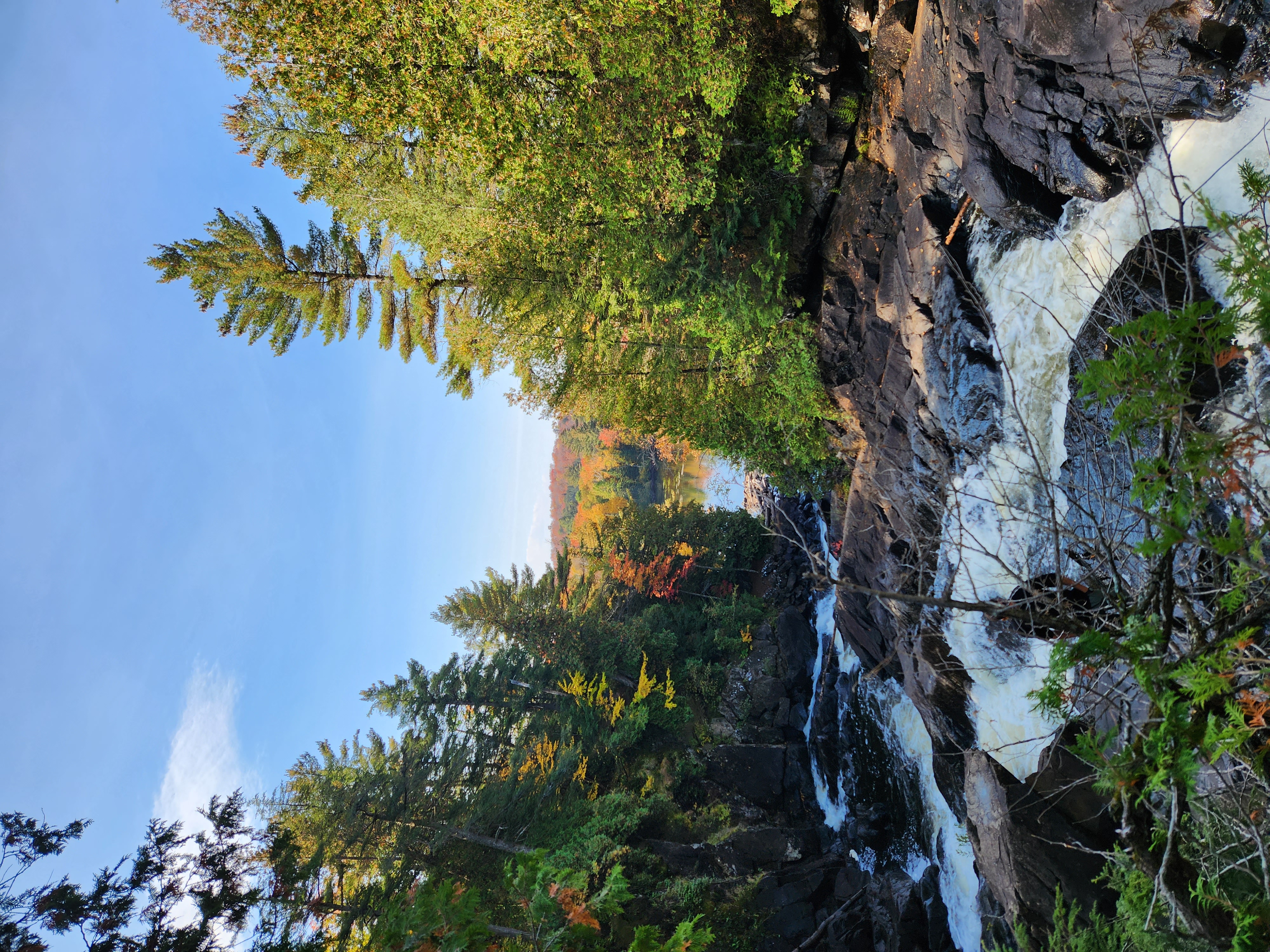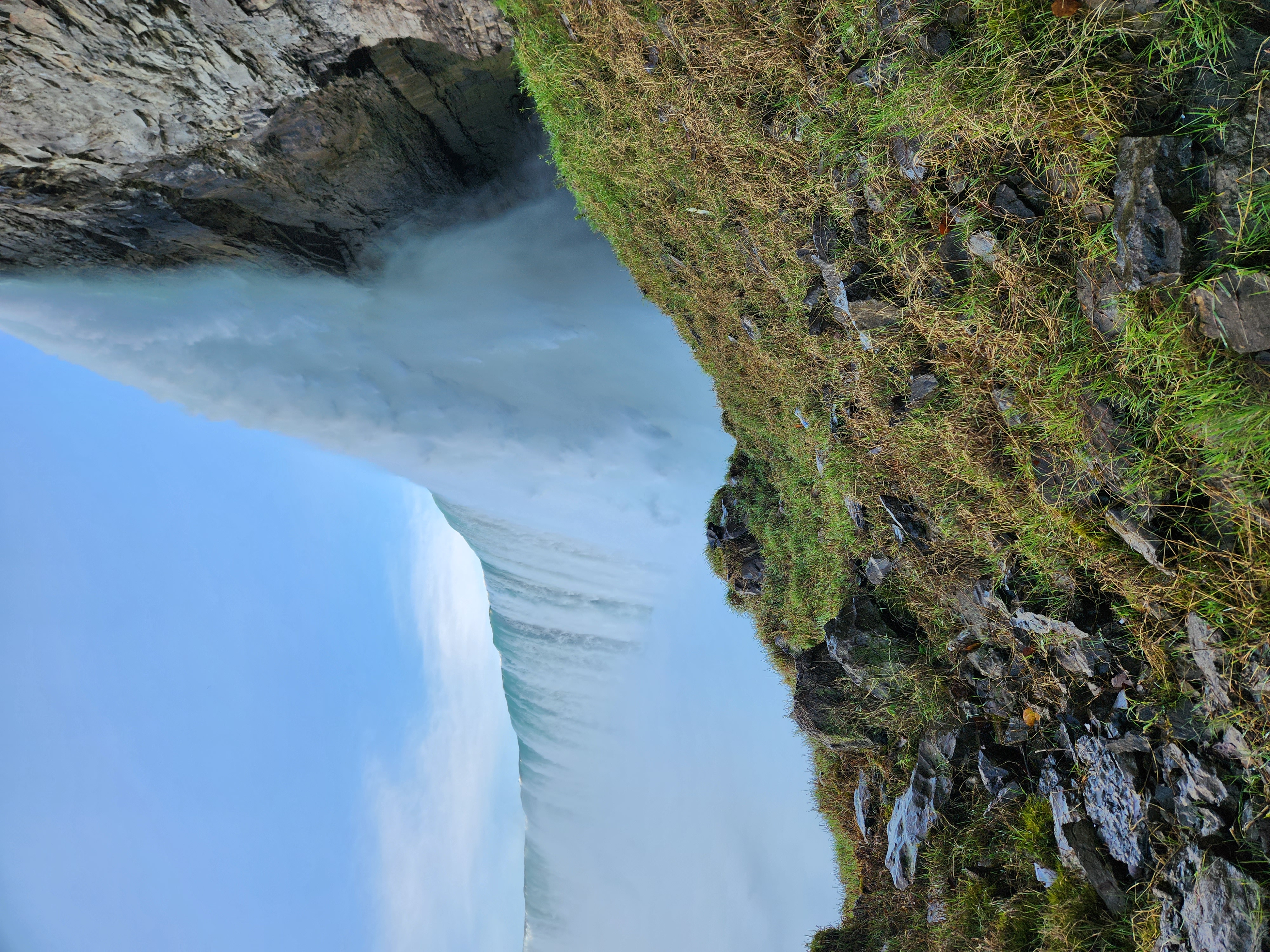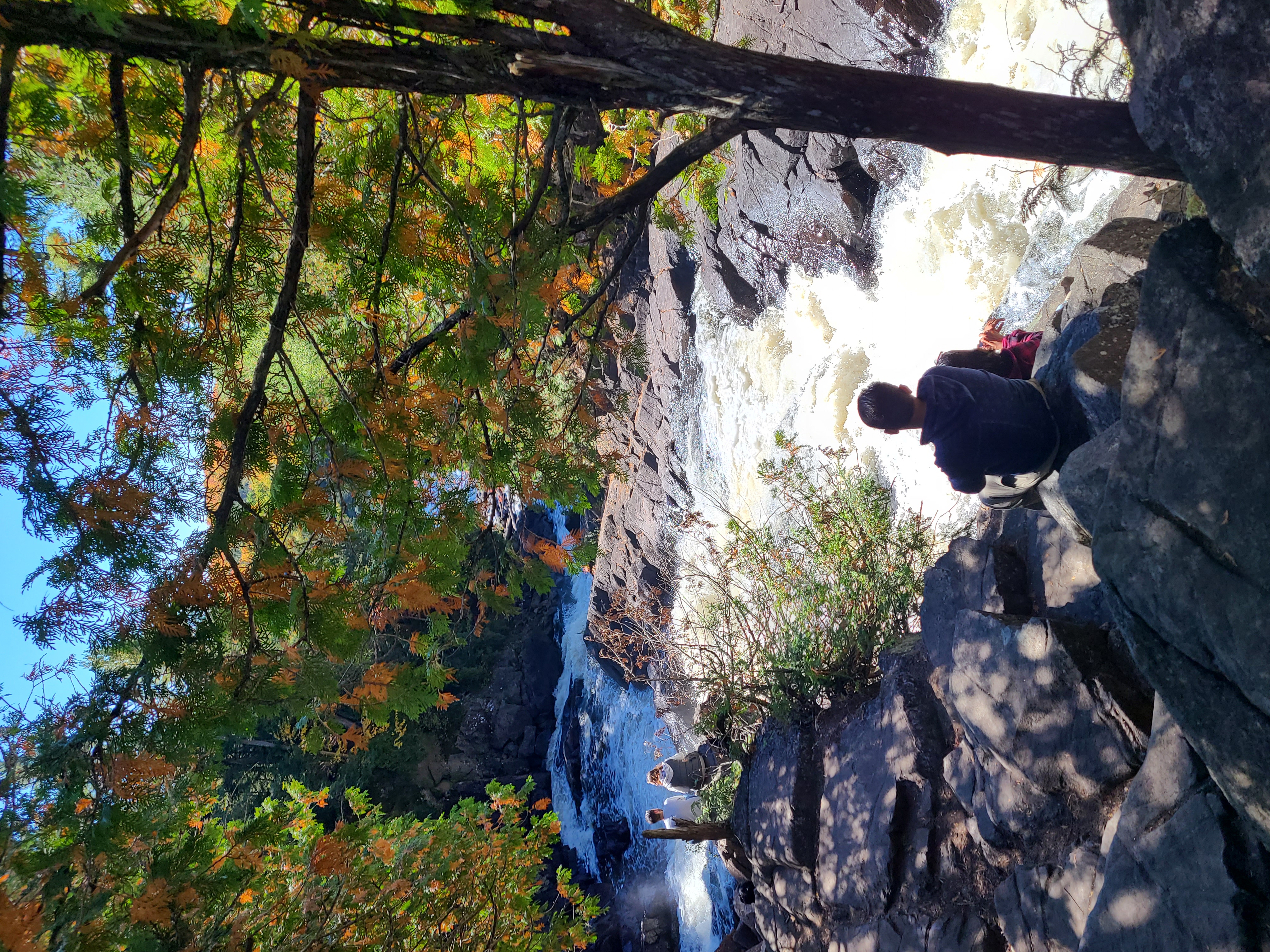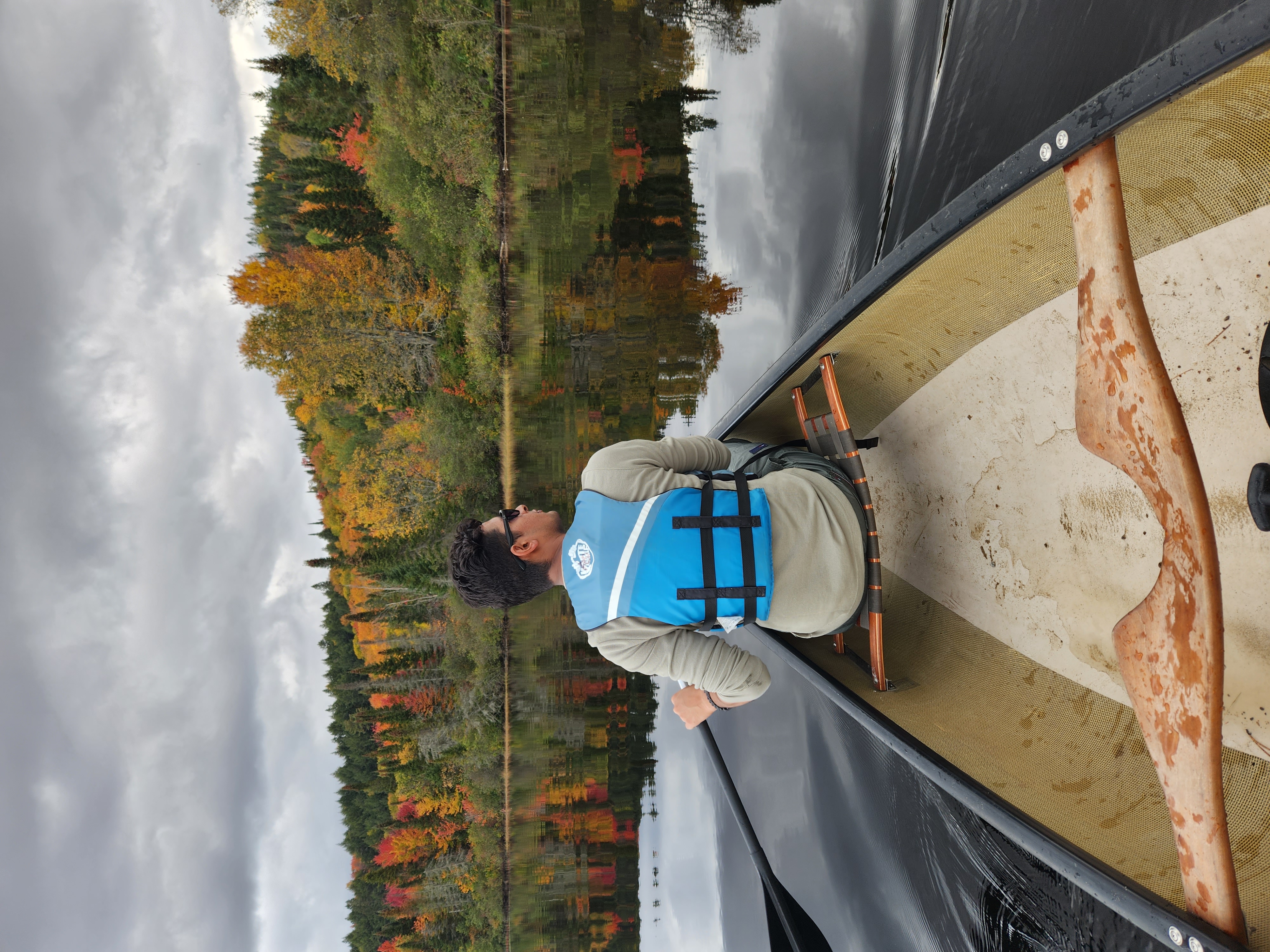Niagara Falls is one of the world’s most iconic natural wonders, attracting millions of visitors each year. Straddling the border between Canada and the United States, it has long been a source of awe, inspiration, and economic vitality. On the Canadian side, Niagara Falls has developed into a robust tourist destination with casinos, luxury hotels, cultural events, and natural attractions. Yet, despite its popularity, there is still significant untapped potential. With thoughtful investment, strategic planning, and sustainable development, Canada can expand Niagara Falls into an even larger tourism hot spot that not only draws more visitors but also maximizes economic, cultural, and environmental benefits for generations to come.
Current Strengths of Niagara Falls
Niagara Falls already stands as one of Canada’s strongest tourist magnets. Pre-pandemic, the region welcomed over 13 million visitors annually, generating billions of dollars in revenue and sustaining tens of thousands of jobs. Its appeal lies in its diversity: from the breathtaking waterfalls themselves to the entertainment venues, wineries, casinos, and family attractions that surround the area. Furthermore, its proximity to Toronto and accessibility from U.S. markets make it an ideal international destination.
The existing success of Niagara Falls shows the enormous global draw of natural wonders. However, in an increasingly competitive global tourism market, where cities and countries are constantly reinventing themselves, Canada has the opportunity to elevate Niagara Falls into a world-class, must-visit destination on the scale of Las Vegas, Orlando, or Dubai.
Opportunities for Expansion
1. Year-Round Tourism Infrastructure
While summer remains the peak season, Niagara Falls can further enhance its appeal by building more year-round attractions. Indoor water parks, themed resorts, winter light festivals, and cultural experiences would make the area less dependent on seasonal weather. Expanding conference and convention facilities could also attract business travelers throughout the year.
2. Leveraging Technology and Experiences
Modern tourists seek not only sights but also immersive experiences. Canada could invest in state-of-the-art attractions such as augmented reality tours of the falls, glass walkways or observation pods, and high-tech museums that showcase the geology, Indigenous history, and cultural significance of the region. A “Niagara Innovation District” could blend entertainment with science and sustainability education, appealing to families, students, and international visitors.
3. Cultural and Heritage Integration
Niagara Falls is more than just water rushing over cliffs; it is a site of deep cultural and historical importance. Integrating Indigenous heritage, Canadian history, and cross-border narratives into new attractions could diversify the visitor experience. Interactive storytelling centers, art installations, and Indigenous-led eco-tourism ventures would enhance authenticity and broaden the cultural depth of the area.
4. Expanding the Entertainment and Hospitality Sector
The Fallsview Casino Resort and Clifton Hill are already popular, but further development could transform Niagara Falls into a premier entertainment hub. More luxury resorts, themed hotels, world-class theaters, and international culinary festivals could encourage longer stays. Drawing inspiration from destinations like Las Vegas, Canada could create a more vibrant nightlife, with shows, concerts, and cultural performances that keep tourists engaged well into the evening.
5. Connectivity and Transportation
Improved connectivity is key to expansion. Enhanced rail and bus connections to Toronto, Hamilton, and Buffalo, as well as a more accessible regional airport, would make travel easier for both domestic and international visitors. Eco-friendly transport options, such as electric shuttles, cable cars, or autonomous vehicles, could further modernize the experience.
Economic and Social Benefits
Expanding Niagara Falls tourism would bring significant economic gains. Increased visitor spending would fuel local businesses, create thousands of new jobs, and generate tax revenue for Ontario and Canada. Additionally, a stronger tourism brand could attract global investors, sparking new ventures in hospitality, entertainment, and infrastructure.
Socially, development done responsibly could revitalize surrounding communities, support small businesses, and create cultural pride by showcasing Canadian and Indigenous heritage. Importantly, integrating sustainability practices,such as green energy, eco-tourism, and conservation programs, would ensure that expansion does not compromise the natural wonder at the heart of Niagara.
Sustainability and Environmental Considerations
The falls themselves must remain protected. Expansion cannot mean exploitation. A forward-looking strategy would emphasize sustainable tourism by limiting environmental footprints, using renewable energy in new developments, and protecting biodiversity in the surrounding region. Canada could position Niagara Falls as a global model of eco-tourism, demonstrating how natural wonders can thrive alongside innovative attractions.
Conclusion
Niagara Falls is already one of Canada’s crown jewels, but its potential is far greater. By investing in year-round infrastructure, high-tech experiences, cultural integration, entertainment, and transportation, Canada can transform Niagara Falls into one of the world’s top tourism destinations. Crucially, this expansion must be paired with a commitment to sustainability and cultural respect, ensuring that the falls remain a natural wonder while becoming an even stronger economic and cultural engine.
If done right, Niagara Falls could become not just a place to visit but a destination to return to again and again, an international icon that combines natural beauty, modern innovation, and Canadian hospitality at its finest.













